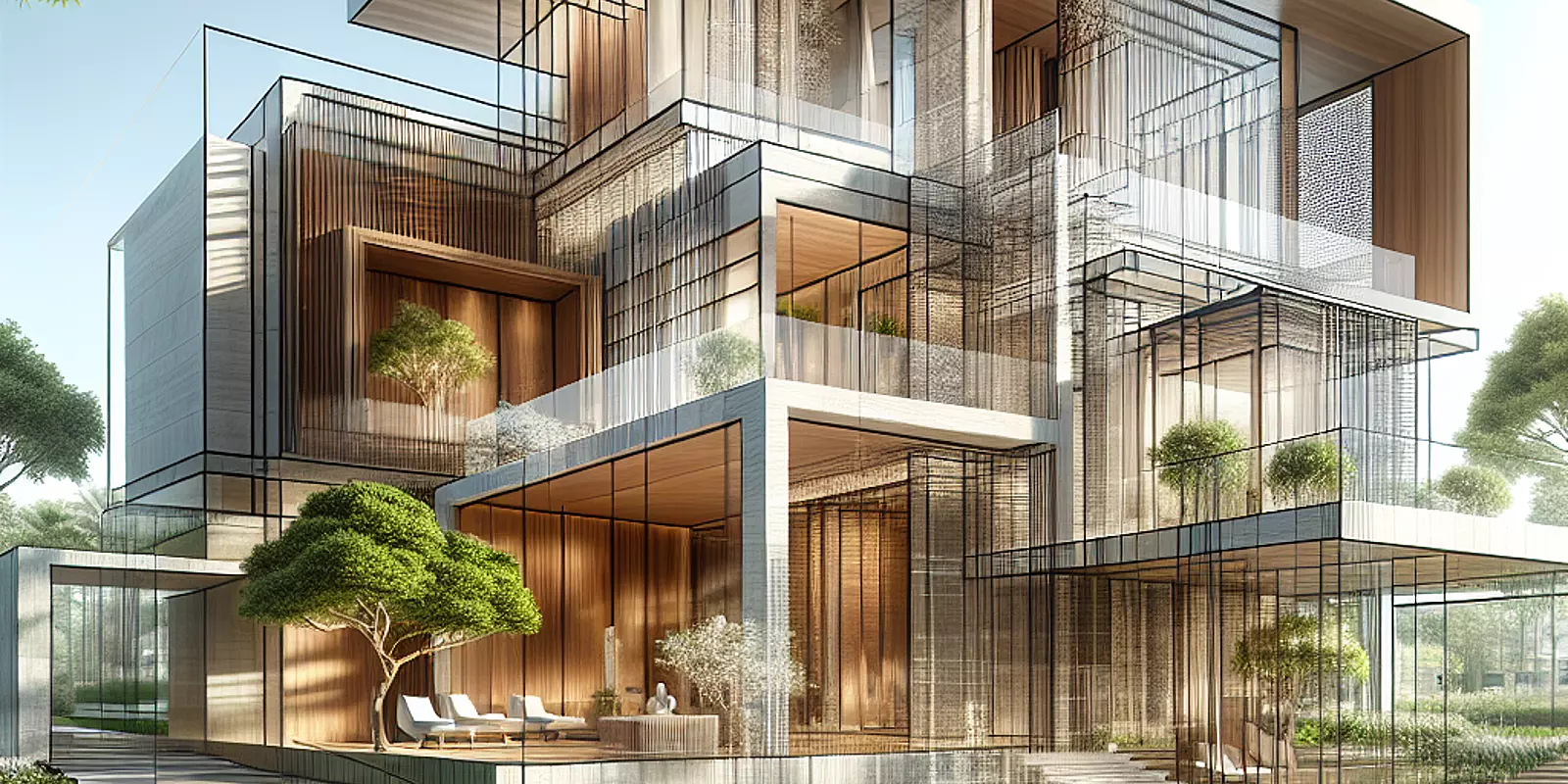
Mastering Textures and Materials in Architectural Visualization
In the intricate field of architectural visualization, achieving photorealism is both an art and a science. The journey to creating captivating visual narratives starts with the meticulous application of textures in architecture. Textures breathe life into static renders, transforming them into dynamic scenes that invite viewers into envisioned spaces. From the polished look of marble to the rustic charm of aged wood, each texture evokes specific emotions and plays a crucial role in crafting the ambiance of a space. Although technology has significantly advanced, enabling more detailed textures, the core challenge remains: seamlessly integrating these textures to enhance authenticity. This article explores critical methods and techniques that bolster the realism of textures, offering insights for architects and designers to elevate their rendering capabilities.
Addressing Challenges with Realistic Textures
Achieving photorealism in 3D visualization techniques presents various challenges, particularly when working with sophisticated materials like fabrics. Conveying depth and tactile quality can be difficult; a lack of attention often results in flat and unrealistic textures. To address this, mastering lighting, reflections, and bump mapping is crucial for achieving desired finishes across various materials. Improper lighting can break visual harmony, diminishing the intended impact of a scene. Reflect on how you could address these issues to create environments that are as immersive as they are realistic.
Tools and Techniques for Crafting Perfect Textures
Choosing the right tools is essential in this pursuit of photorealism. Architectural visualization software like Substance Designer excels in providing a node-based interface for detailed and customizable textures. Working with these tools allows for intricate control over aspects such as color variation and surface imperfections. Similarly, Quixel Mixer streamlines the process of creating and mixing textures, enhancing your ability to manipulate diverse elements without sacrificing quality.
Examples of successful projects illustrate how high-resolution photogrammetry textures from Megascans can transform basic materials into stunningly detailed components. The Corona Renderer’s tile material allows for easy manipulation of tile patterns, a boon for achieving creative artistic expressions within your projects.
Lighting: Enhancing Material Quality
Lighting is the heart of architectural rendering, dramatically influencing how materials are perceived. Light's interaction with surfaces can make or break the realism of a material. Integrating principles like reflection, refraction, and diffusion can significantly enhance texture realism. Techniques such as High Dynamic Range Imaging (HDRI) and global illumination offer realistic lighting solutions. Could experimenting with these configurations reveal optimal settings for your materials?
Optimizing Scene Composition with Camera Angles
Camera angles and perspectives deeply impact texture presentation and the emotional narrative. The right camera angle can emphasize intricate details, and using techniques like the rule of thirds can craft balanced compositions. Consider how wide-angle lenses might accentuate spatial relationships. Have you tried including figures to provide context? Adjustments in render time and lighting can profoundly alter texture perception in storytelling.
Conclusion and Future Trends
Mastering textures and materials is foundational in architectural visualization, shaping how viewers perceive digital environments. Tools like Substance Designer and Quixel Mixer enable artists to overcome challenges and achieve stunningly realistic finishes. As technology merges with creativity, AI-assisted tools are poised to revolutionize the field, simplifying material generation and composition, thus reducing the time for high-quality renders. Emerging trends, such as virtual and augmented reality, will redefine our engagement with architectural designs. Engage with these advancements and consider how they might push the boundaries of your work. Stay proactive in refining your skills within this dynamic industry, paving the way for increasingly immersive and realistic visualizations. The opportunities to redefine spaces through innovative renders are boundless, inviting us to constantly evolve in our artistic endeavors.